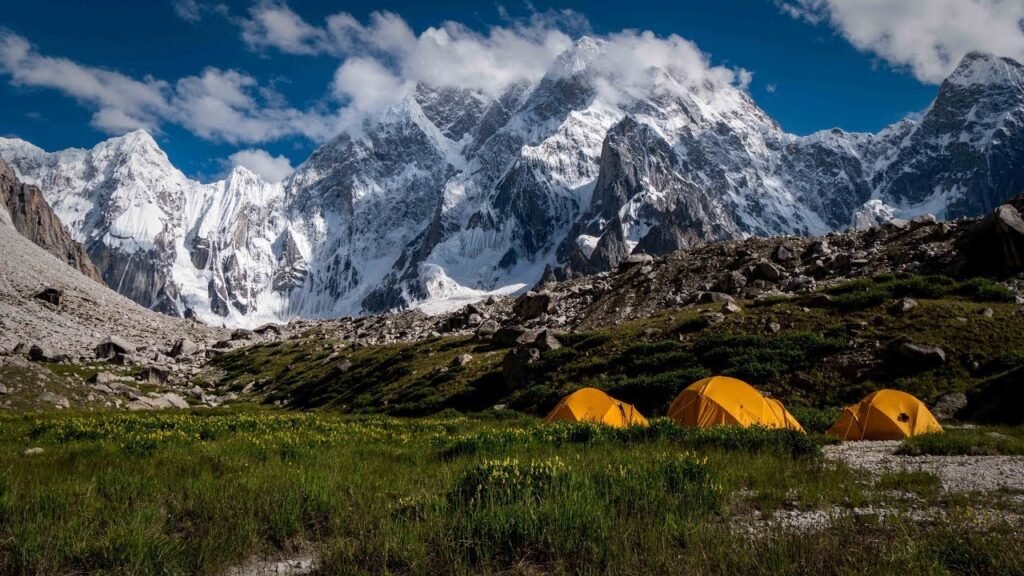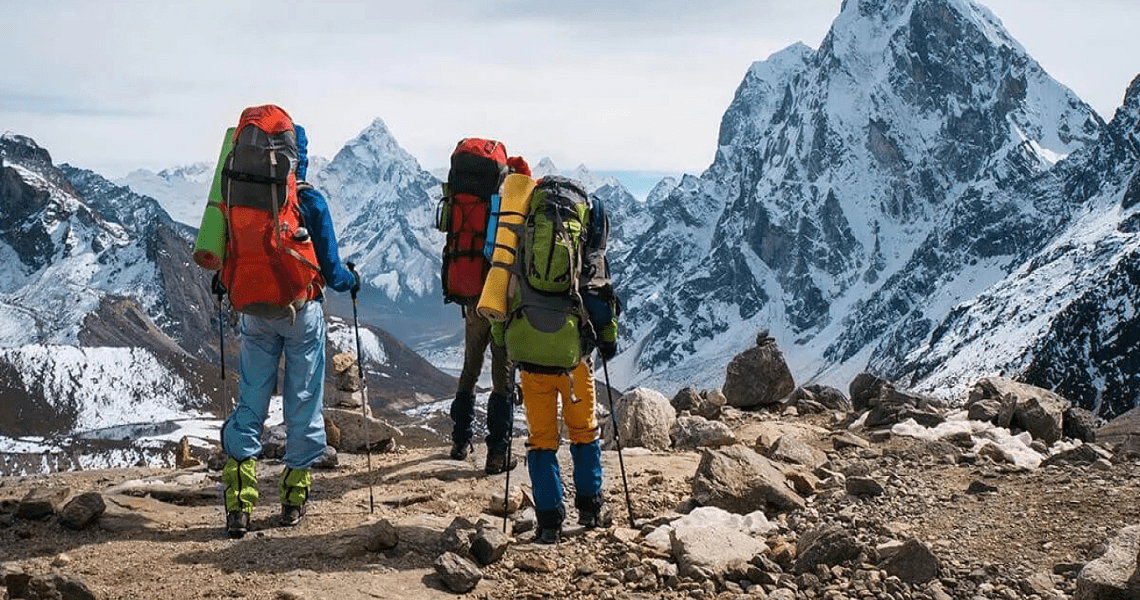Pakistan, often referred to as the “Land of Adventure,” is a paradise for trekkers and outdoor enthusiasts. Home to some of the world’s highest peaks, including K2, and a diverse range of landscapes, from lush green valleys to rugged mountain ranges, Pakistan offers some of the most thrilling trekking expeditions on the planet. Whether you’re an experienced mountaineer or a beginner looking for an unforgettable adventure, trekking in Pakistan promises breathtaking views, cultural richness, and a sense of accomplishment like no other. In this article, we’ll explore the best trekking expeditions in Pakistan, what makes them unique, and how to prepare for your journey.
Why Choose Pakistan for Trekking Expeditions?
Pakistan is a dream destination for trekkers, and here’s why:

Trekking expeditions in Pakistan
1. Home to Five of the World’s 14 Highest Peaks: Including K2, the second highest mountain in the world.
2. Diverse Landscapes: From the Karakoram and Himalayan ranges to the lush valleys of Hunza and Swat.
3. Rich Cultural Experiences: Interact with local communities and experience their traditions and hospitality.
4. Affordable Adventure: Compared to other trekking destinations, Pakistan offers incredible value for money.
5. Untouched Beauty: Many trails remain unspoiled, offering a sense of discovery and solitude.
Top Trekking Expeditions in Pakistan
Here are some of the most popular and breathtaking trekking expeditions in Pakistan:
1. K2 Base Camp Trek
Difficulty: Challenging
Duration: 1418 days
Highlights: Trek to the base of the world’s second highest peak, cross the Gondogoro La Pass, and witness stunning glaciers like Bal Toro and Godwin Austen.
Best Time to Go: June to September
2. Fairy Meadows and Nanga Parbat Base Camp Trek
Difficulty: Moderate
Duration: 57 days
Highlights: Enjoy panoramic views of Nanga Parbat, the “Killer Mountain,” and camp in the picturesque Fairy Meadows.
Best Time to Go: May to October
3. Hunza Valley Trek
Difficulty: Easy to Moderate
Duration: 710 days
Highlights: Explore the stunning Hunza Valley, visit ancient forts, and experience the hospitality of the local people.
Best Time to Go: April to October
4. Rakaposhi Base Camp Trek
Difficulty: Moderate
Duration: 57 days
Highlights: Trek through lush forests and alpine meadows to the base of Rakaposhi, one of the most beautiful peaks in the Karakoram range.
Best Time to Go: May to September
5. Snow Lake and Hesper La Trek
Difficulty: Challenging
Duration: 1418 days
Highlights: Cross the Hesper La Pass, explore the remote Snow Lake, and witness some of the most dramatic landscapes in the world.
Best Time to Go: June to September
6. Deosai Plains Trek
Difficulty: Easy to Moderate
Duration: 46 days
Highlights: Trek through the “Land of Giants,” a high altitude plateau home to unique wildlife and stunning wildflowers.
Best Time to Go: June to September
7. Shandur Pass Trek
Difficulty: Moderate
Duration: 710 days
Highlights: Experience the world’s highest polo ground and trek through the scenic Shandur Pass.
Best Time to Go: June to August
How to Prepare for a Trekking Expedition in Pakistan
1. Choose the Right Trek: Select a trek that matches your fitness level and experience. Beginners should opt for easier treks like Hunza Valley, while experienced trekkers can challenge themselves with K2 Base Camp or Snow Lake.
2. Get in Shape: Trekking in Pakistan often involves high altitudes and long distances. Start a fitness routine at least 23 months before your trip.
3. Pack Wisely: Essential items include sturdy trekking boots, warm clothing, a sleeping bag, a first aid kit, and a reliable backpack.
4. Acclimatize Properly: Take time to adjust to high altitudes to avoid altitude sickness.
5. Hire a Local Guide: A local guide can provide valuable insights, ensure your safety, and enhance your overall experience.
6. Respect Local Culture: Dress modestly, ask for permission before taking photos of people, and be mindful of local customs.
Why Trekking in Pakistan is Unique
1. Unmatched Scenery: From towering peaks to serene valleys, Pakistan’s landscapes are unparalleled.
2. Cultural Immersion: Trekking routes often pass through remote villages, offering a chance to interact with local communities.
3. Affordability: Compared to other trekking destinations, Pakistan offers excellent value for money.
4. Less Crowded Trails: Many trails remain untouched, providing a sense of solitude and adventure.
5. Warm Hospitality: The people of Pakistan are known for their kindness and generosity, making your journey even more memorable.
Final Thoughts
Trekking in Pakistan is an experience like no other. With its majestic peaks, diverse landscapes, and rich cultural heritage, the country offers endless opportunities for adventure and discovery. Whether you’re standing at the base of K2, camping in Fairy Meadows, or trekking through the Deosai Plains, every step of your journey will be filled with awe and wonder.
So, pack your bags, lace up your boots, and get ready to explore the untamed beauty of Pakistan. Your next great adventure awaits!
FAQs
Q1: What is the best time to go trekking in Pakistan?
A: The best time for trekking in Pakistan is from May to October, when the weather is favorable and most trails are accessible.
Q2: Do I need a guide for trekking in Pakistan?
A: While some treks can be done independently, hiring a local guide is recommended for safety, navigation, and cultural insights.
Q3: Is trekking in Pakistan safe?
A: Yes, trekking in Pakistan is generally safe, especially when traveling with a reputable guide or tour operator. However, it’s important to stay informed about local conditions and follow safety guidelines.
Q4: What should I pack for a trekking expedition in Pakistan?
A: Essential items include sturdy trekking boots, warm clothing, a sleeping bag, a first aid kit, a reusable water bottle, and a reliable backpack.
Q5: Can beginners trek in Pakistan?
A: Yes, there are several beginner friendly treks, such as Hunza Valley and Deosai Plains, that are suitable for those with little to no trekking experience.






